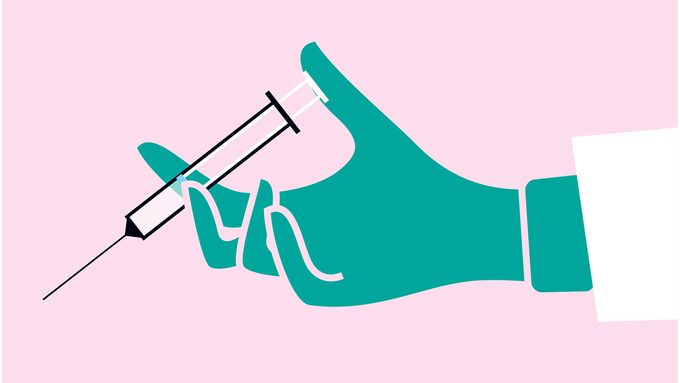4 Botox Myths You Need To Stop Believing Before You Can Fully Rule It Out
We’re setting the record straight on these all-too-common Botox myths.

Botox, which is known as a neuromodulator, has been used in cosmetic treatments for approximately 20 years now, yet myths prevail.
Topping the list is that Botox will give you that dreaded fake or unnatural look. On the contrary, Botox can help you look natural, well-rested and bright. Ready to bust a few other myths? Read on.
Myth #1: Botox is unsafe.
Fact: Botox has a long safety history.
The drug Botox has been researched for over 100 years. There are thousands of research papers and citations related to therapeutic uses as well as cosmetic uses. Botox has been approved by Health Canada and the FDA for decades to treat patients with a range of neurological disorders, as well as excessive underarm sweating.
Botox was Health Canada-approved in 2001 for treatment of glabellar lines (frown lines between the brows) and was subsequently approved for treatment of forehead lines and crow’s feet lines and wrinkles around the eyes.
It’s a very safe drug when administered by a qualified practitioner who follows all recommended protocols for dosing, storage, and administration of the drug. Unfortunately, Botox injections are not always well regulated. There are injectors who may not be well trained or qualified to inject. Regulations vary from province to province.
Myth #2: Botox will result in the loss of facial expression (a frozen look).
Fact: Botox relaxes muscles to enhance the way you look so you look well-rested and bright.
Botox strategically targets specific muscles to reduce negative expressions like frowning and scowling. It also reduces the pull of the muscles that create horizontal lines on the forehead and crow’s feet around the eyes. (These facial peels can also work wonders for your fine lines.) Botox is now widely sought after for its preventative benefits as well.
If someone looks frozen or unnatural after a treatment, it may be due to incorrect dosing or placement. Botox is a very precise drug and can be injected carefully to maintain the harmony of the muscles and the natural balance.
An odd appearance after Botox is possible but preventable and treatable in most cases. For instance, “Spock brows” or “peaking” of the brows can be prevented or treated with a small dose of Botox to relax the muscles that are pulling upward on the brows and creating that unnatural look. A follow-up appointment to assess the results after two weeks is important.
Myth #3: Botox is botulism (food poisoning).
Fact: Botox is not botulism.
It is a purified protein, Botulinum toxin, derived from the bacterium Clostridium botulinum, and a finished medical prescription product that has been approved as safe by Health Canada. The product is administered in small injections to reduce specific muscle activity by blocking the nerve impulses that trigger overactive muscle contractions.
Myth #4: Botox builds up in the body over time.
Fact: Botox does not accumulate in the body.
Furthermore, new nerve impulses are regenerated in three to four months when treatments are cosmetically administered. Re-treatment is required to maintain the desired results. If treatments are discontinued, the muscles will resume their previous activity level.
And if Botox is not really your thing, here are some anti-aging treatments doctors actually use.




